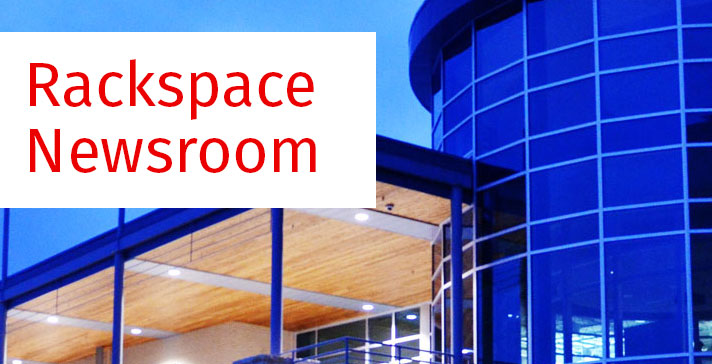OpenStack Summit: Focus on the Users


Whilst the Hollywood A-list were making their way to Los Angeles for the MTV Awards, the A-list in the cloud computing world were heading to Portland for the OpenStack Summit. I should probably point out the differences between the two events; the MTV Awards celebrated the past 12 months of the silver screen and featured the cast of Star Trek, Will Ferrell getting an award for his comedic genius, and Selena Gomez not wearing a lot of fabric. The OpenStack Summit was a little more hands-on, with developer sessions to plan the next OpenStack release and keynote speeches from Jim Curry (Rackspace), Randall Sobie (University of Victoria) and Mark Shuttleworth (Canonical).
As this is the Rackspace blog, you can guess which one I had a ticket for.
The OpenStack summit is a bi-annual event arranged by the OpenStack Foundation. When the summit started in 2010, it was focused on getting the community of developers together to discuss the direction of the software and plan the next release. At subsequent events, early adopters started to attend to see what the plans were and discuss how they were implementing the software in their organisation. Portland is the seventh summit and had over 2,500 attendees - the developers are still here planning the next release behind closed doors, but now there is more focus on the users of OpenStack.
Focus on the users
Jonathan Bryce from the OpenStack Foundation lead the keynote speeches, and explained that there are three key forces to a great platform – powerful software, successful users and an innovative ecosystem. Showing the focus on the users, the first keynote was also shared by Bloomberg, Comcast and BestBuy; all major companies that had used OpenStack in differing ways. But more importantly, these companies also give back to the community by releasing code and guides for others to use.
Jim Curry, our SVP of Private Cloud, delivered the second keynote speech which I blogged about last week. He talked about Rackspace’s contribution to the OpenStack community, and he was also joined by a customer – Hubspot, a marketing software company serving 8,500 customers world wide. Hubspot's Jim O’Neill talked about their adoption of OpenStack in 2011, and that now they were using both public cloud and private cloud with Rackspace.
On the third day of the event, CERN and the NSA (National Security Agency), both talked about their use of OpenStack. Randall Sobie talked about the Large Hadron Collider, and how CERN use nine different clouds over three continents – five of which are powered by OpenStack. Nathanael Burton from the NSA started his presentation with a lot of blanked out information but did show that the NSA had moved OpenStack into their production environment, and would be working with other US government agencies to help them deploy the software – and more importantly help them speed up deployment, and he showed that with automation he can go from bare metal to OpenStack in just 20 minutes.
The next release
For a key group of people, the focus of the summit was very different. The developer community who contribute code and knowledge were still focused on planning the next release of OpenStack, codenamed Havana and due in the second half of this year. There were design sessions being held for each element of the software; each session was an open conversation about what needed to change and how that change could be created. Whilst I’d love to tell you more about what changes are being planned, unfortunately this process was run behind closed doors, and I wasn’t allowed in.
Overall, I’ve learnt a lot this week, but what has inspired me most is the community behind OpenStack. Not just the 550 developers who supplied code for the latest release, but also the hardware manufacturers, the companies providing customers with access to OpenStack clouds, and most importantly the customers who are using the software to bring benefits to their businesses.
